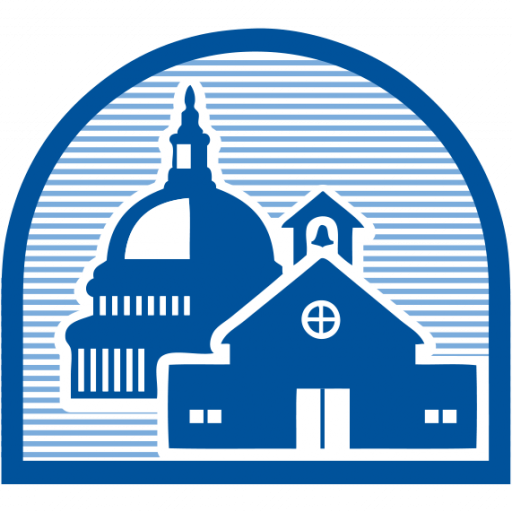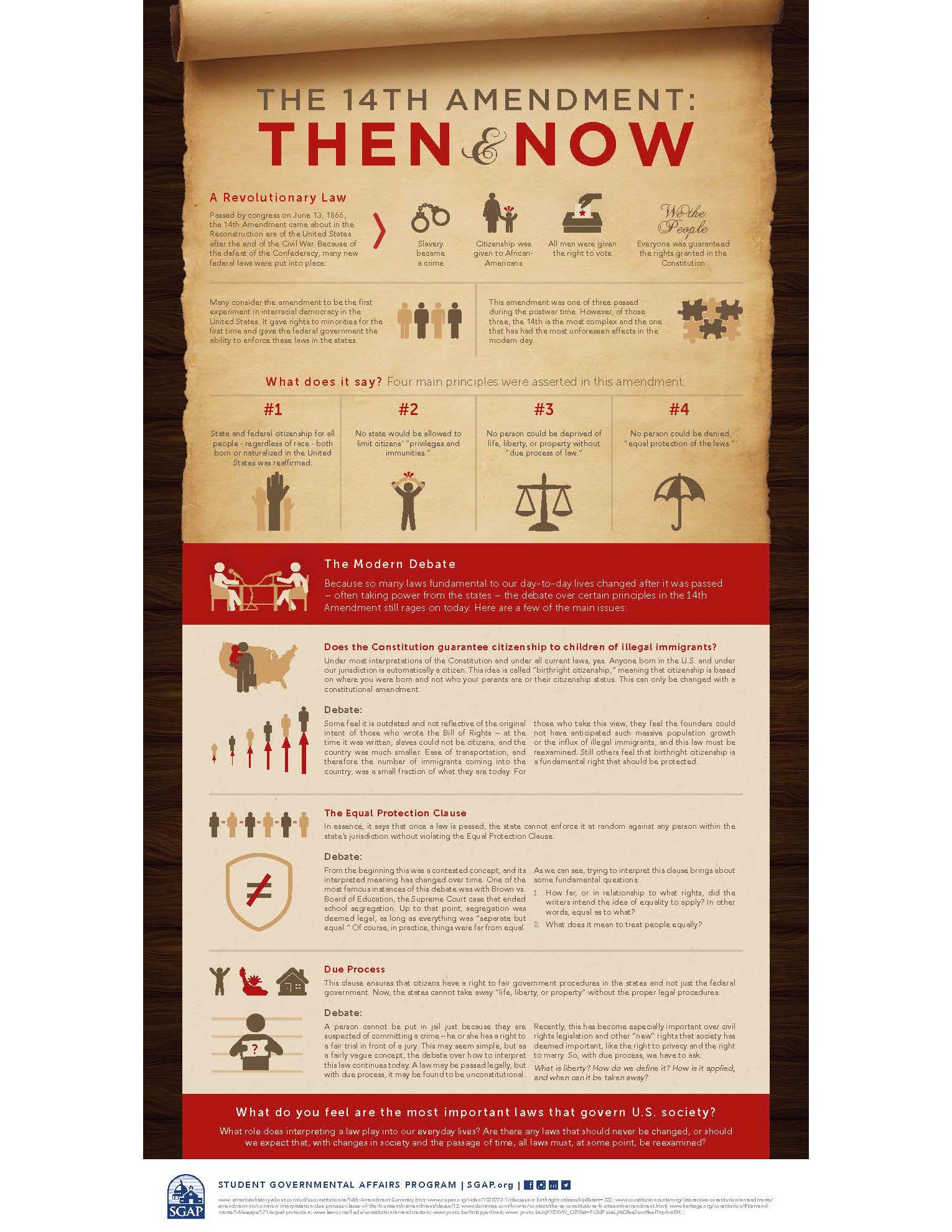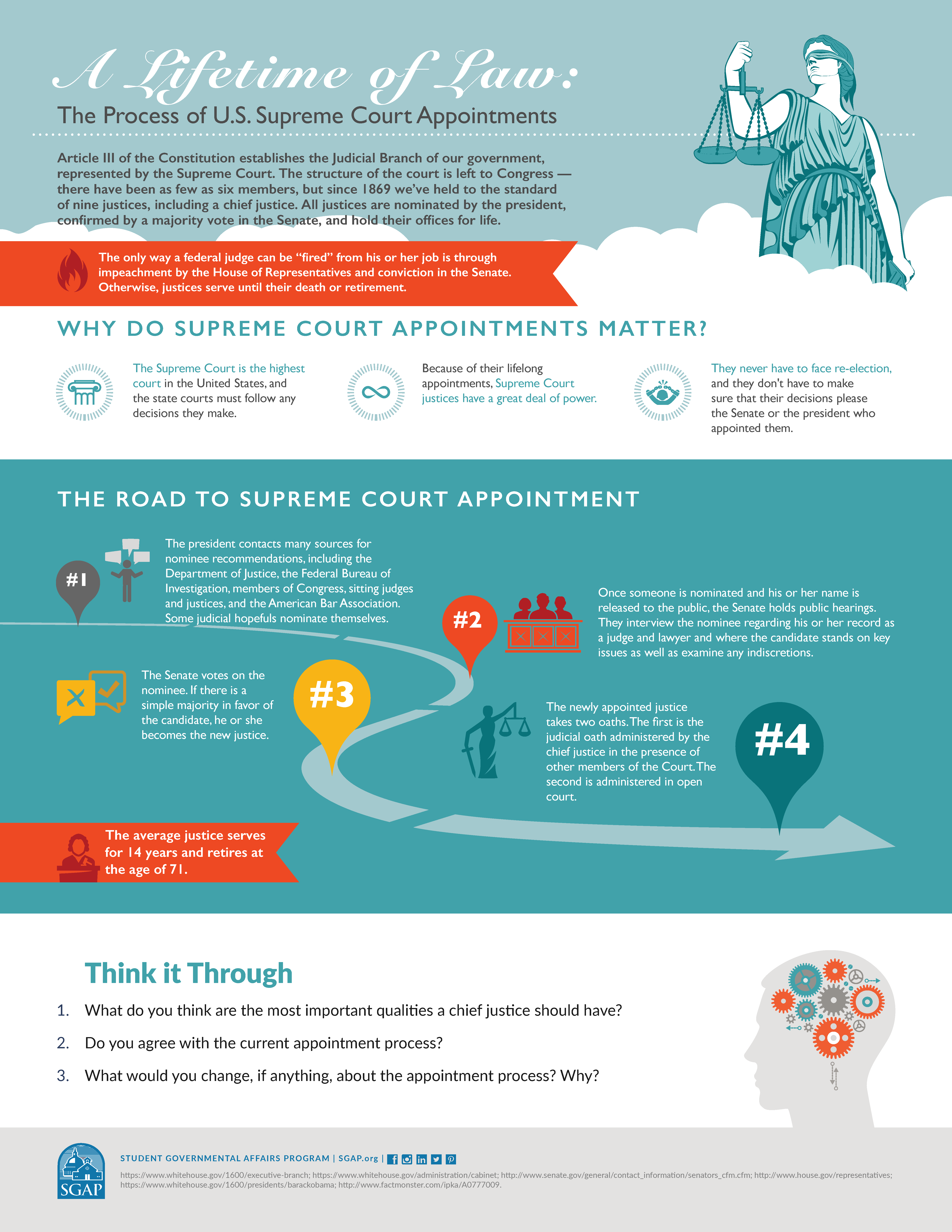Trivia and Resources – Feb. 2016
CLIMATE CHANGE 1. The most widely discussed global impact of climate change is: a. Deforestation b. Increase in the average sea level c. Soil erosion 2. Though Americans make up just 4 percent of the world’s population, we produce ____ of the carbon dioxide pollution from fossil-fuel burning – by far the largest share of any country. a. 25 percent b. 8 percent c. 15 percent 3. According to the U.S. Global Change Research Program, the temperature in the U.S. has increased by _____ in the last 50 years. a. 5 degrees b. 10 degrees c. 2 degrees SOCIAL MEDIA 1. What year did Facebook introduce the “Like” button? a. 2008 b. 2009 c. 2010 2. What is the fastest growing age demographic on Twitter? a. 25-32 b. 33-54 c. 55-64 3. In the United States, government regulation of speech, regardless of how offensive or hateful, is generally held to be unconstitutional under the ___Amendment to the U.S. Constitution. a. Fourteenth b. First c. Fourth Note: Visit sgap.org for the answers.
Ideas for Teachers/Critical Questions – Feb. 2016
LINKS Paris Climate Agreement White House Statement European Commission Washington Post Article New York Times Article Fox News Article CNBC Article Social Media & Terrorist Activity H.R.3654 Bill Washington Post Article NPR Article The Atlantic Article Fox Business Article CRITICAL THINKING QUESTIONS Paris Climate Agreement
- Do you believe that climate change is occurring and that humans are contributing to it?
- What is the evidence that proves the climate is or is not changing?
- Was the Paris Climate Agreement a victory for the U.S. and the planet? Why or why not?
- According to Fox News, the climate agreement marked “the world’s first comprehensive climate agreement with all countries, not just wealthy ones, taking action to tackle global warming.” Why is this significant?
- Why was the Paris agreement hailed as a “diplomatic achievement” on the part of the Obama Administration?
Social Media & Terrorism
- Is it fair to ask the social media companies to be responsible for monitoring and reporting terrorist activity?
- Is it a violation of First Amendment right to free speech to censor terrorist postings on social sites?
- Was H.R.3654 a good piece of legislation? Why or why not?
- Why do you think Twitter is the most popular social site for ISIS terrorists? What makes it attractive?
- How does the global nature of social media make it especially challenging to police in the United States?
Infographic: A Lifetime of Law – Process for Supreme Court Appointments
November/December 2015 Trivia and Resources
Student Loan Debt Q: Which student loan payment plan allows you to stick with one monthly payment amount until your loans are repaid?
- Income-based repayment
- Pay As You Earn
- The standard 10-year repayment plan
Q: Where can student borrowers find out how much and what kind of federal loans they’ve borrowed?
- A college’s net price calculator
- The National Student Loan Data System
- Their tax return
Q: A student borrower’s monthly loan payments eat up one-quarter of her paycheck, and she works in a public service job. What might be the best repayment option for her?
- Public Service Loan Forgiveness
- Entering forbearance
- Income-contingent repayment
Q: The Pay As You Earn plan caps payments at __ percent of discretionary income and forgives remaining debt after __ years.
- 5.5 percent, 15 years
- 8 percent, 10 years
- 10 percent, 20 years
ISIS – Syria Q: The Syrian population is about 90% Muslim, mostly from which sect?
- Kurd
- Shia
- Sunni
Q: Syria gained independence from French control in what year?
- 1872
- 1946
- 1957
Q: In March 2013, ISIS took over which Syrian city?
- Raqqa
- Damascus
- Mosul
Q: In what year did Abu Bakr al-Baghdadi, the leader of ISIS, change the name of his group from ISI to ISIS to include Syria?
- 2001
- 2013
- 2011
(Note: Answers are in Bold Type.)
Government in Daily Life Infographic
Ideas for Teachers/Critical Questions – Nov./Dec. 2015
Links:
Student Loan Debt Reform White House goo.gl/mGn0Za
Student Loan Bill Tracker goo.gl/1pTD05
Congressional Budget Office Report goo.gl/4ycDYM
Moveon.org Petition goo.gl/ULnS4m
Forbes Where 2016 Presidential Candidates Stand goo.gl/EpzyB6
Boots on Ground in Syria USA Today Article goo.gl/Vz1G5J
Vice News Article goo.gl/1tBPlm
ForeignPolicy.com goo.gl/PkTuzN
CNN Article goo.gl/5ZeW3Y
Brookings Institution Article goo.gl/PT7ZhR
Critical Thinking Questions:
Student Loan Debt Reform
- Why is student loan debt such a major problem now when it didn’t used to be decades ago?
- What factors led to this crisis?
- Is a college degree worth the money today?
- Why are college tuition amounts increasing so quickly?
- Is legislation like the Student Loan Borrowers’ Bill of Rights Act, introduced by Rep. Frederica S. Wilson (D-FL), a good idea?
Boots on the Ground in Syria
- What is a “proxy war” and how does the term apply to the Syria situation?
- How do the recent bombings in Paris, France, change the stakes in the ISIS situation?
- What factors make putting boots on the ground in Syria a complex decision?
- Did President Obama make the right decision to send troops to Syria?
- What else could he have done?
Ideas for Teachers – October 2015
Resources for additional study: Minimum Wage Raise the Minimum Wage raisetheminimumwage.com University of Chicago Poll of Economists goo.gl/QvzwA2 Economic Policy Institute epi.org/pay/ Pew Research Center goo.gl/BB1x3A UC San Diego Dept of Economics Study goo.gl/PK4FTa Congressional Budget Office Report goo.gl/EPFmoY High-Speed Rail White House’s Position goo.gl/SmizZc American Public Transportation Assn. goo.gl/XtqqJo Heritage Foundation Commentary goo.gl/9OGiWz Campaign for America’s Future Commentary goo.gl/ZNHMOh Debate.org’s Pro & Con Arguments goo.gl/xLtbVR SGAP makes a concerted effort to provide links to reliable sources, and to provide links to a balance of left-leaning and right-leaning publications. Some of the links have been shortened for your convenience. Issue # 1 – Should the federal government raise the minimum wage? Those in favor of raising the minimum wage say all Americans should be able to earn a “living wage” – that is, enough money to maintain a normal standard of living by working a 40-hour week. They say if workers earn more money this will translate into fewer people needing government-assistance programs as well as more discretionary spending, which will fuel the economy. Those against argue that in a capitalist system the government should not intervene in free-market dynamics because this will affect companies’ ability to hire and pay workers, which could result in a loss of jobs. Should the U.S. raise the federal minimum wage? Issue # 2 – Should the government spend money to build a national high-speed rail network and grant funding to states such as California? Those for an intercity, high-speed rail across the U.S. say it will spur growth, reduce traffic, increase mobility by offering an alternative to flying or driving and reduce our dependence on oil. Those against the idea of the government investing in a national high-speed rail say it is simply too costly, with the expense outweighing any benefits. They point out that some states, such as Texas, are utilizing private funding. Should the U.S. government fund a high-speed rail system through grants to specific states?
October 2015 Trivia and Insights
Minimum Wage Issue Q: When was the last time the federal minimum wage was raised?
- 2012
- 2009 (correct)
- 2006
Q: What’s the federal minimum wage for tipped employees, such as waiters and waitresses, nail salon workers and parking attendants?
- $2.13 (correct)
- $4.40
- $6.54
Q: What’s the average age of a minimum-wage earner?
- 21
- 28
- 35 (correct)
High-Speed Rail Issue Q: The first high-speed rail system was launched in Japan in what year?
- 1964 (correct)
- 1981
- 1998
Q: California’s high-speed rail will be capable of speeds of more than ___ miles per hour?
- 160
- 200 (correct)
- 350
Q: How much of their income does the average U.S. household spend on transportation?
- 9%
- 18% (correct)
- 29%
September 2015 Trivia and Insights
Restore the Oath of Allegiance Act: Article I, Section 8 of the U.S. Constitution gives Congress the power to establish a uniform rule of naturalization throughout the United States. Once Congress sets those laws in place the Executive Branch, specifically U.S. Citizenship and Immigration Services, is tasked with carrying out those laws based on the power granted to them in Article II, Section 3 of the U.S. Constitution. Q: According to U.S. Citizenship and Immigration Services approximately how many immigrants become naturalized citizens each year?
- 500,270
- 680,000
- 720,300
Q: What is the number one barrier to becoming a U.S. Citizen for the 8.5 million immigrants who are eligible to do so?
- The amount of time it takes to go through the process
- The amount of money it takes to become a citizen
- An issue with a language barrier
Debt Ceiling: Article I, Section 9 of the U.S. Constitution grants Congress the “power of the purse.” This means that Congress alone has the ability to tax and spend public money to pay for the national government and all that includes. Q: When spending bills are introduced they have to originate in a specific House, according to the U.S. Constitution. Which House would this be?
- The White House
- The House of Representatives
- The Senate
Q: When was the last time this country was free of public debt?
- 1836
- 1916
- 1993
Answers: Restore the Oath of Allegiance Act: Q: According to U.S. Citizenship and Immigration Services approximately how many immigrants become naturalized citizens each year? A: Approximately 680,000 immigrants become naturalized citizens each year. It can vary from year to year, for instance, in 2014 654,949 people were naturalized and in 2013 777,416 people were naturalized. Q: What is the number one barrier to becoming a U.S. Citizen for the 8.5 million immigrants who are eligible to do so? A: The number one barrier to becoming a U.S. citizen is a language barrier. Although the $680 application fee is another commonly cited reason. Debt Ceiling: Q: When spending bills are introduced they have to originate in a specific House, according to the U.S. Constitution. Which House would this be? A: According to the U.S. Constitution spending bills have to originate in the House of Representatives and then go to the Senate for approval. Q: When was the last time this country was free of public debt? A: There were three straight years of no public debt from 1834 through 1836.
August 2015 Trivia
Iran Nuclear Deal
Sanctuary Cities:
Ideas for Teachers – May 2015
Websites and videos for additional study:
The links above are to established, peer reviewed journals. Peer reviews are the evaluations of work by professional journalists who hold other journalists to standards of truth-in-reporting. SGAP makes a concerted effort to provide links to reliable sources, and to provide links to a balance of left-leaning and right-leaning publications. The links have been shortened for your convenience.




